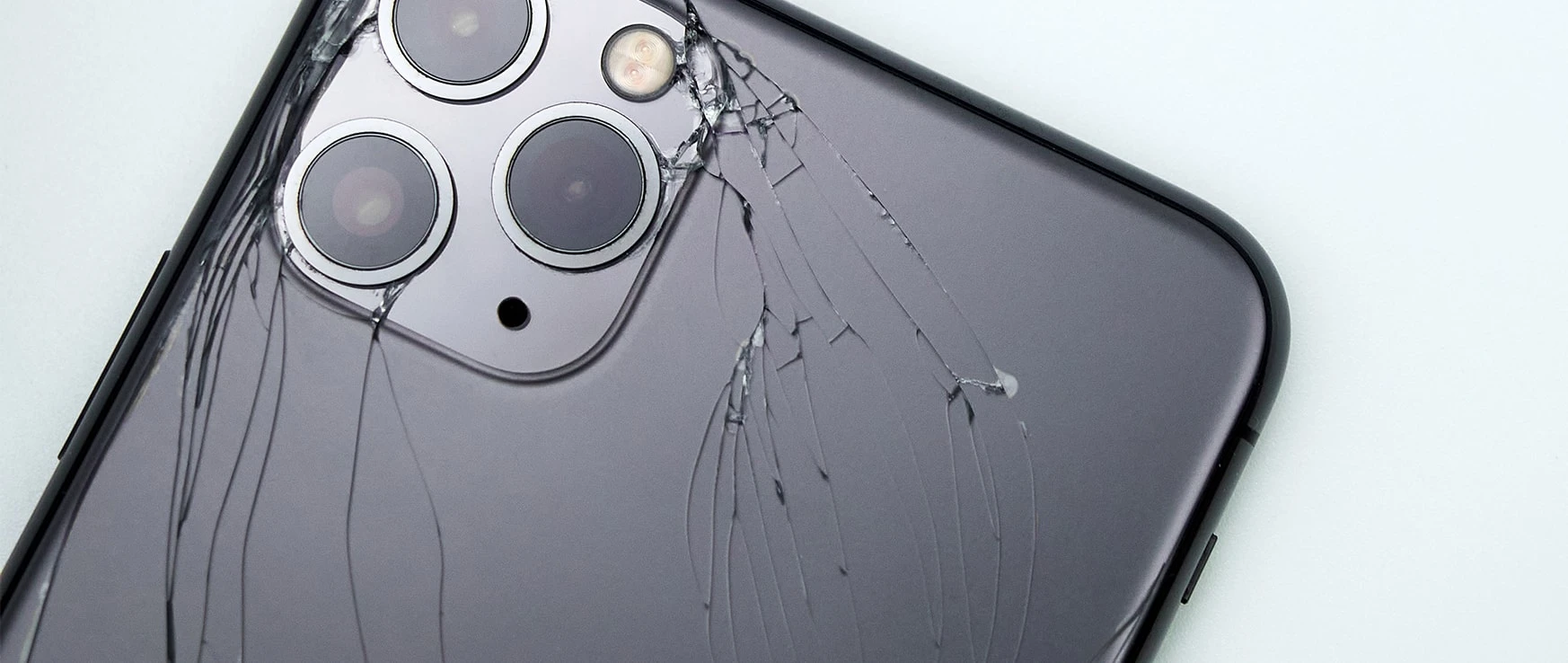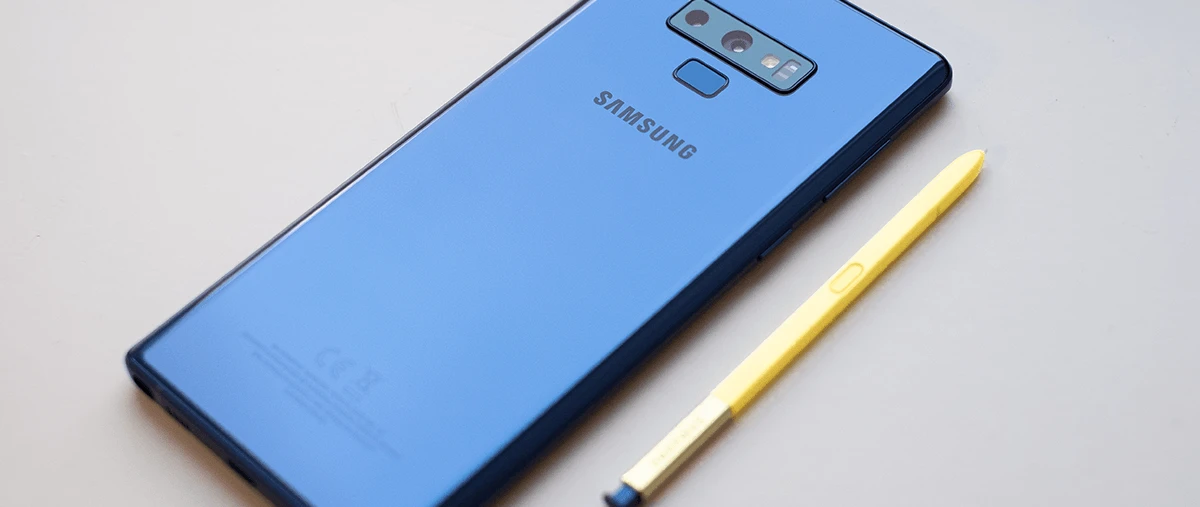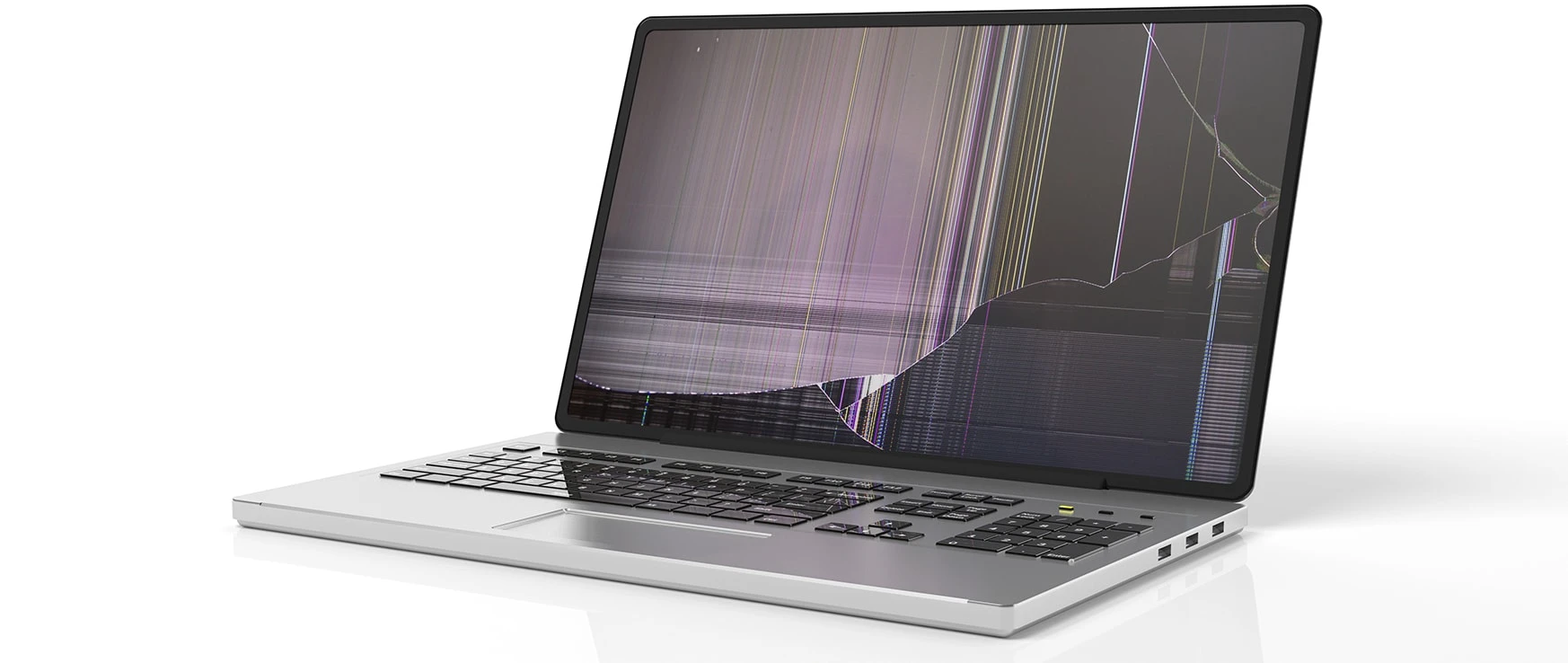The History of Cell Phones

 Over the past 30 years, technology has exceeded the expectations of many. It’s hard for younger generations to imagine a time when cell phones didn’t exist. Most households had a landline, some had a fax machine, and even fewer people used the internet on a daily basis. Communication has drastically adapted over time. Let’s take a quick look at the history of cell phones.
Over the past 30 years, technology has exceeded the expectations of many. It’s hard for younger generations to imagine a time when cell phones didn’t exist. Most households had a landline, some had a fax machine, and even fewer people used the internet on a daily basis. Communication has drastically adapted over time. Let’s take a quick look at the history of cell phones.
In the dawn of the cell phone era, there were no apps, no Bluetooth, not even voicemail. That’s right! In 1983, the first commercial cell phone, the Motorola DynaTAC 8000x, was as simple as it got. Due to an extremely limited battery life, the phone delivered 30-minutes of talk time and took a full ten hours to charge. The first mobile phone call was made on April 3 of that year, and was a technological step that would change communication forever.
Flash forward to the 1990’s when the second generation of cell phones came to the market. Performing on 2G (digital) networks, Europe developed their GSM standard while the U.S. presented the CDMA standard. Both formats continue to stand strong even in today’s world.
Can you imagine your life without the convenience of texting? Keep in mind that until 1992; cell phones were simply used for making calls. Calls were short and to the point because both battery life and cell reception were less than impressive. The first text (SMS) message, “Merry Christmas” was sent on December 3, 1992, by Neil Papworth, a 22-year-old engineer. Nobody at that time could have imagined that sending text messages would become as popular as it is today.
In 1993, IBM released Simon, arguably the world’s first peek into the smartphone world. IBM Simon ($899 retail), was a high-tech PDA, calendar, address book, notepad, and email, all with a touchscreen and stylus. It may not seem like a big deal now, but this was an incredible leap in technology at the time. At that time, today’s iPhone would have cost an estimated $3.5 million!
In 1996, Motorola introduced the first clamshell-style flip phone to the market. In the history of cell phones, the flip phone was noteworthy because it became more of a hit about a decade later. The StarTAC retailed for $1000 and was one of the first devices to have a vibration feature as an alternative for a ringtone. The device also had an option for a lithium-ion battery, which had much more capacity than the NiMH standard at the time.
By 1999, cell phones continued to reduce in size, thanks to advancements in technology. Soon there was a greater selection of devices, including the widely popular Nokia 3210. In the history of cell phones, the durable and reliable Nokia 3210 has been described as many people’s favorite phone. Users loved the three games on the device, the ability to store contacts, and T9 texting began sweeping the nation.
A few years later in the history of cell phones, as graphics and processors advanced, the consumer market became populated with choices. Brands like BlackBerry, LG, Samsung, and Motorola were all playing a huge role. Although it was a product previously marketed outside of the U.S., Sanyo successfully introduced the first camera phone to the U.S. in 2002. The device cost $400 and featured a 0.3-megapixel camera and color display. The quality would be less than impressive in today’s world, but it was all the rage at the time.
Around 2005, 3G technology became more prominent, and cell phone technology continued to improve rapidly. Mobile internet became more important to users as social media and internet-based communications emerged. Phone processors were quickly becoming more advanced, and phones were more commonly popping up with features such as a video camera, GPS, and music capabilities.
In the more recent history of cell phones, smartphones started to become the standard as Apple burst onto the smartphone market in 2007 with the release of the first iPhone. The first generation iPhone featured a 3.5-inch touchscreen, 4GB hard drive, WiFi, email, maps, as well as a handful of other apps, for a retail price of $599. The iPhone, of course, was a huge success and quickly became the industry standard. From there, we have seen an explosion of devices hit the market from a variety of competitors, which means good things for consumers.
We now have a market filled with incredible technology from companies like Apple, LG, Samsung, and Nokia. Currently, in our constantly connected world, 64% of people in the U.S. report that they own a smartphone. Terms like apps, 4K video, WiFi, Facebook, and 4G, which have become integrated as a part of our everyday vocabulary, would have been something completely unrecognized in the early days of cell phones. It’s quite amazing how far things have come in a relatively short period of time.
In today’s busy world, accidents can leave your phone damaged, cracked, or seemingly unusable. When you have an issue with your device, turn to the experts at your local CPR. We can give you a free, honest assessment of your device and let you know what it will take for a repair!



